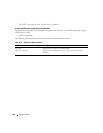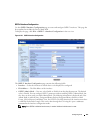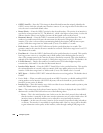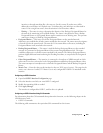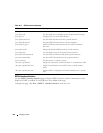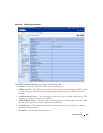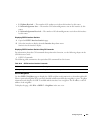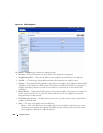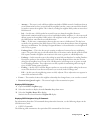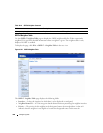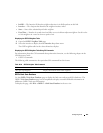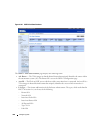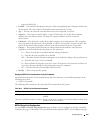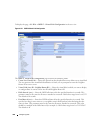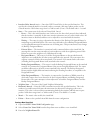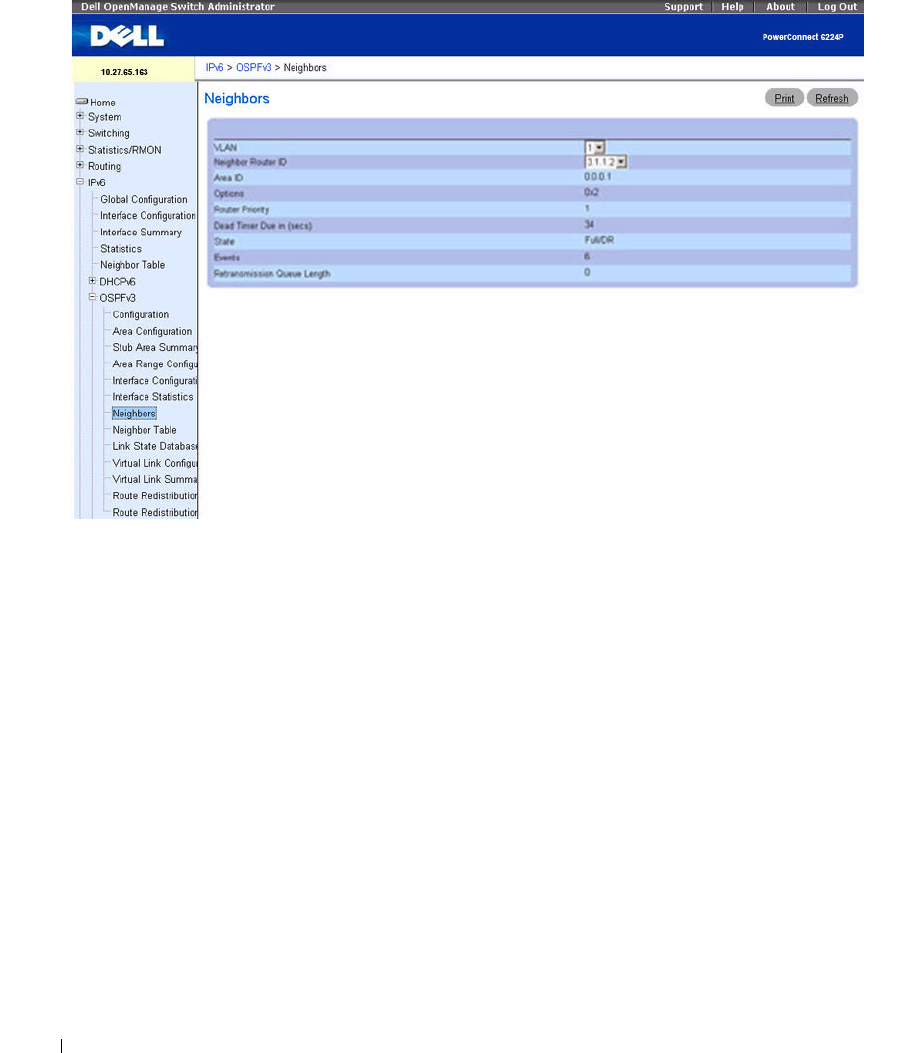
658 Configuring IPv6
Figure 10-24. OSPFv3 Neighbors
The OSPFv3 Neighbors page contains the following fields:
•
Interface
— Selects the interface for which data is to be displayed or configured.
•
Neighbor Router ID
— Selects the IP Address of the neighbor for which data is to be displayed.
•
Area ID
— A 32-bit integer in dotted decimal format that identifies the neighbor router.
•
Options
— The optional OSPF capabilities supported by the neighbor. The neighbor's optional OSPF
capabilities are also listed in its Hello packets. This enables received Hello Packets to be rejected (i.e.,
neighbor relationships do not even start to form) if there is a mismatch in certain crucial OSPF
capabilities.
•
Router Priority
— Displays the OSPF priority for the specified neighbor. The priority of a neighbor is a
priority integer from 0 to 255. A value of 0 indicates that the router is not eligible to become the
designated router on this network.
•
Dead Timer Due in (secs)
— If Hello packets do not arrive, specifies amount of time elapsed before
neighbor is declared dead.
•
State
— The state of a neighbor can be the following:
–
Down
— This is the initial state of a neighbor conversation. It indicates that there is no recent
information received from the neighbor. On NBMA networks, Hello packets may still be sent to
Down neighbors, although at a reduced frequency.



